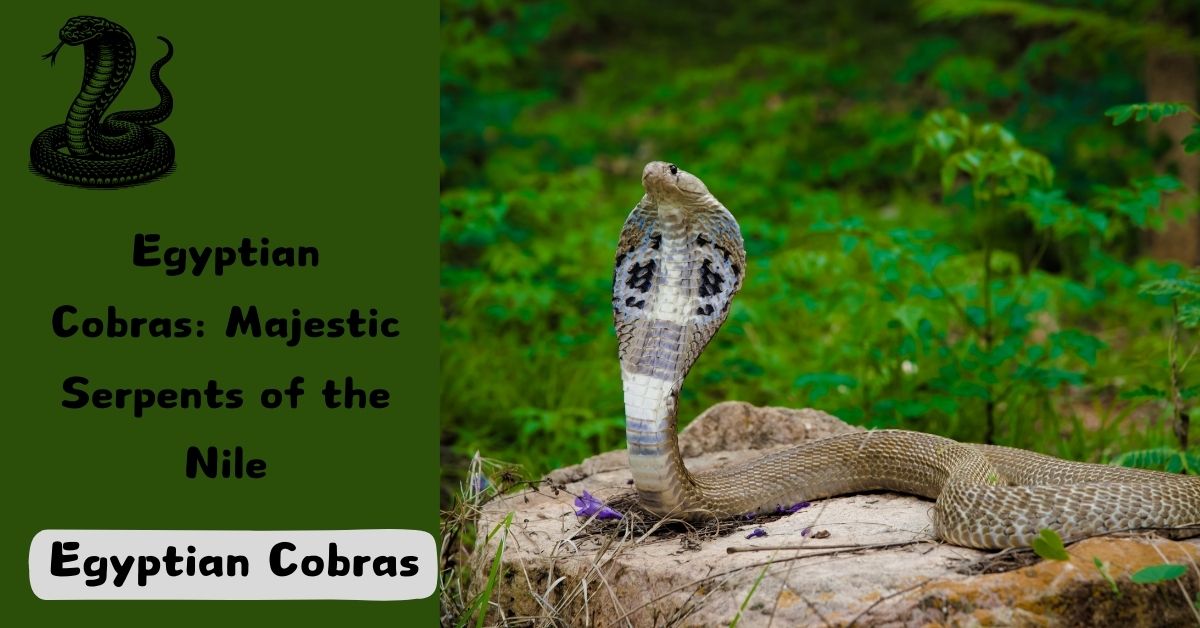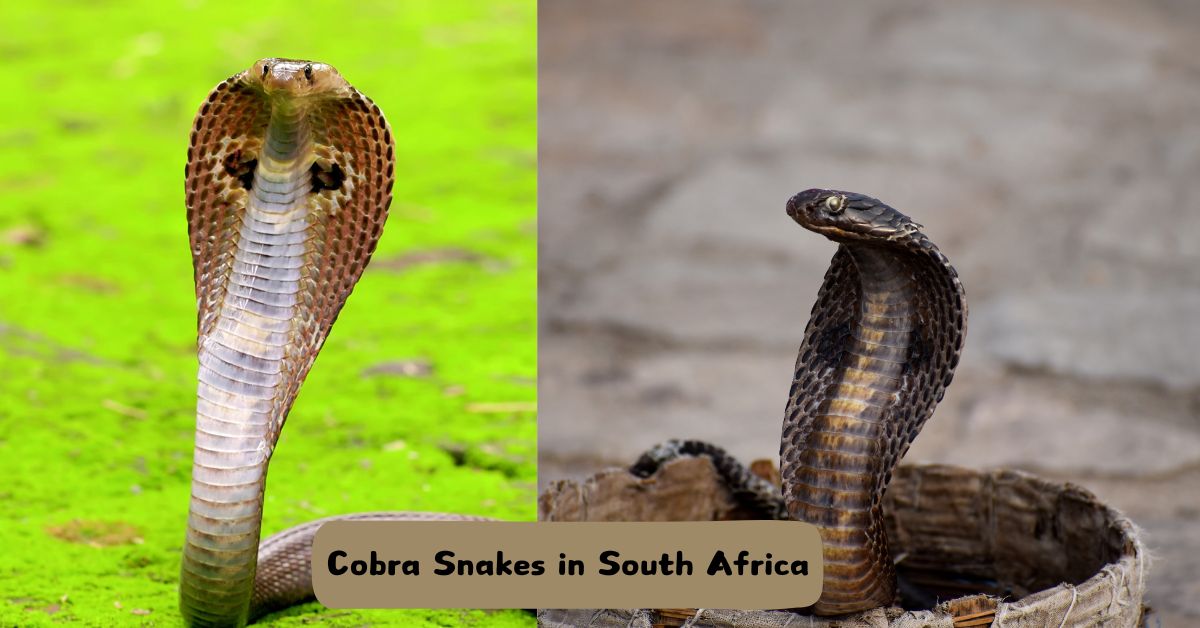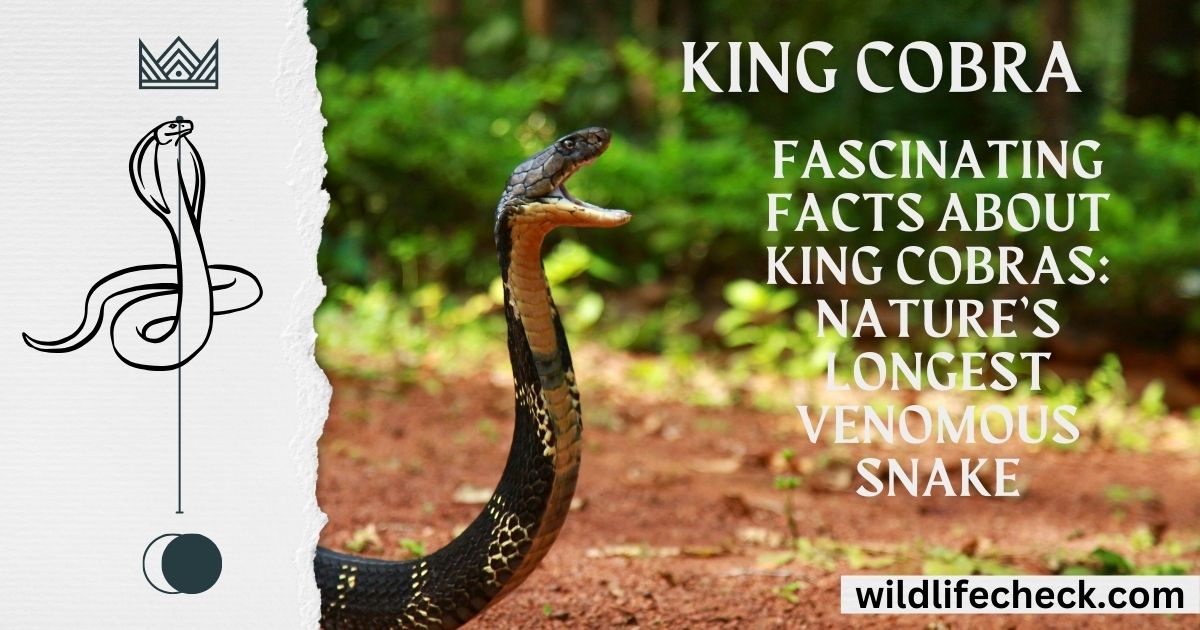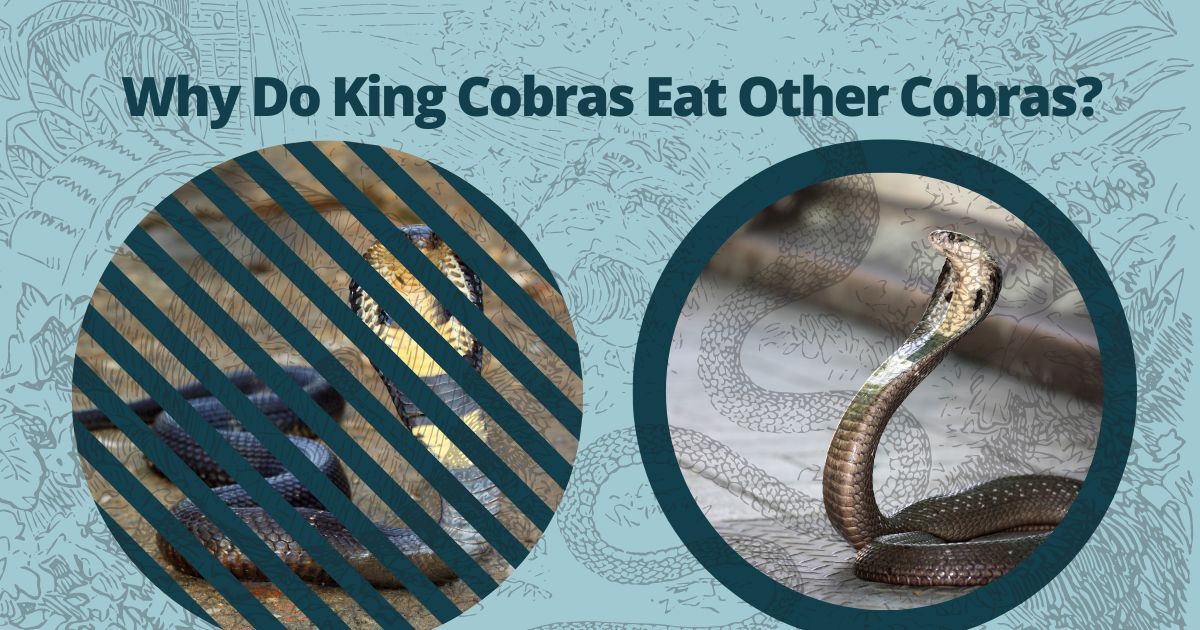
Egyptian Cobras: Majestic Serpents of the Nile
Introduction
These days, numerous are found, but the cobra wind is something diverse. Among the numerous sorts of cobra snakes, the Egyptian cobra is a exceptionally wonderful and effective wind. This wind is moreover commonly known as the Brown Cobra. The Egyptian cobra has a place to the Elapidae family and is known as Naja Haje. Capturing wind devotees for a long time with its particular hood and capable poison, this cobra is for the most part found in North Africa, the savannas of West Africa, the Congo Bowl, Kenya, and Tanzania. In today’s article, we will tell you all the covered up insider facts around the Egyptian cobra.
What is an Egyptian cobra?
An Egyptian cobra, otherwise called the “Asp” or “Naja haje,” is a venomous snake local to North Africa, especially Egypt and different pieces of the landmass. It is known for its particular hood, which it spreads when compromised. The Egyptian cobra’s toxin is powerful, containing neurotoxins that influence the sensory system of its prey or expected dangers. In antiquated Egypt, the Egyptian cobra held social importance and was related with sovereignty and divine nature, frequently portrayed in workmanship and hieroglyphics.
What do Egyptian Cobras eat?
Egyptian cobrasare savage and principally eat little warm blooded creatures like rodents, birds, and periodically different reptiles. They are likewise known to consume creatures of land and water and eggs when accessible. As profoundly versatile hunters, they are sharp feeders and will consume anything that prey is promptly available in their current circumstance.
What is the Egyptian cobra size?
The Egyptian cobra, otherwise called the Asp or Naja haje, is a venomous snake tracked down in Africa. It normally develops to a typical length of around 1.4 to 2.5 meters (4.6 to 8.2 feet), albeit a few people can surpass these lengths. These cobras are known for their particular hood, which they can spread when taken steps to seem bigger and seriously scary.
Do Egyptian Cobras Lay Eggs or Cubs?
Egyptian cobras lay eggs, similar to any remaining types of snakes. They are oviparous, meaning they repeat by laying eggs instead of bringing forth live youthful. The eggs are regularly stored in a secret place where they are left to create until they hatch.
Egyptian cobra bite death time
The time it takes for an individual to kick the bucket in the wake of being chomped by an Egyptian cobra can differ broadly contingent upon a few variables, including how much toxin infused, the area of the nibble, and the wellbeing and age of the individual chomped.
By and large, the toxin of the Egyptian cobra (Naja haje) is profoundly strong and can cause demise generally rapidly if untreated. Commonly, passing can happen inside a couple of hours to a few hours after a serious chomp, particularly if fitting clinical treatment, (for example, neutralizer organization) isn’t regulated immediately.
It’s essential to take note of that prompt clinical consideration is vital in instances of cobra chomps to limit the impacts of the toxin and work on the possibilities of endurance.
Egyptian cobra life span
The Egyptian cobra (Naja haje), otherwise called the “asp,” regularly lives for around 20-30 years in imprisonment when very really enjoyed. In the wild, their life expectancy is by and large more limited because of different factors like predation, natural circumstances, and accessibility of assets. Similarly as with numerous reptiles, their life span can be impacted by factors like eating regimen, living space quality, and veterinary consideration.
Are Egyptian cobras shy?
Egyptian cobras are by and large not thought about timid. They are known for their striking and at times forceful way of behaving, particularly when compromised. When defied, they might raise their hoods, murmur boisterously, and strike protectively. Notwithstanding, in the same way as other creatures, they will generally keep away from conflicts if conceivable and may like to withdraw as opposed to participate in a contention. So while they aren’t modest in that frame of mind of being shy or handily terrified, they really do show ways of behaving that focus on keeping away from risk when they can.
Anatomy and Physical Characteristics
The Egyptian cobra is a thin, medium-sized snake that can arrive at lengths of up to 6 feet. Its most unmistakable component is its hood, which it extends when taken steps to seem bigger and seriously scary. The tinge of the Egyptian cobra differs from light yellow to brown or dark, frequently with lighter crossbands along its body.
Venom and Bite
One of the central attributes of the Egyptian cobra is its intense toxin, principally neurotoxic, which influences the sensory system of its prey. While not quite so lethal as a few different types of cobras, a chomp from an Egyptian cobra can in any case be deadly in the event that not treated speedily. Side effects of envenomation incorporate torment, enlarging, trouble breathing, and possibly loss of motion.
Habitat and Distribution
Egyptian cobras are tracked down all through North Africa, from Morocco to Sudan, with an especially impressive presence in Egypt, from which they determine their name. They favor dry, bone-dry locales like deserts, savannas, and fields, where they can find more than adequate prey and reasonable concealing spots like tunnels or rough hole.
Diet and Hunting
These cobras are flesh eating and fundamentally feed on little well evolved creatures, birds, creatures of land and water, and periodically different snakes. They are exceptionally talented trackers, utilizing their brilliant vision and feeling of smell to find prey. Once recognized, they strike quickly, infusing toxin through their empty teeth to immobilize and process their dinner.
Behavior and Reproduction
Egyptian cobras are for the most part singular beyond the mating season, which normally happens during the cooler months. Guys take part in battle customs to seek females, and subsequent to mating, females lay grasps of eggs in secret areas, like deserted tunnels or under vegetation. The eggs hatch after roughly 60 days, and the hatchlings are free from birth.
Cultural Significance
In antiquated Egypt, the cobra held critical strict and social imagery. The Egyptian goddess Wadjet, frequently portrayed as a cobra or a lady with a cobra’s head, was viewed as the defender of the pharaohs and individuals. Cobras were additionally connected with eminence and heavenly power, mirroring their apparent strength and greatness.
Conservation Status and Threats
Notwithstanding their verifiable worship, Egyptian cobras face various dangers in the wild today. Territory misfortune because of human turn of events, agribusiness, and environmental change presents critical difficulties. Furthermore, they are frequently oppressed out of dread or killed for their toxin, which is utilized in conventional medication and the unlawful natural life exchange. Accordingly, their populaces are declining in numerous areas.
FAQs About Egyptian Cobras
Are Egyptian cobras dangerous?
Indeed, Egyptian cobras are venomous and can be hazardous to people whenever incited or compromised. Their toxin can cause extreme side effects and even passing if untreated.
2. What do Egyptian cobras eat?
Egyptian cobras fundamentally feed on little well evolved creatures, birds, creatures of land and water, and incidentally different snakes.
3. Where do Egyptian cobras live?
Egyptian cobras are tracked down in North Africa, including Egypt, and lean toward dry, parched natural surroundings like deserts, savannas, and fields.
4. How big do Egyptian cobras get?
Egyptian cobras can grow up to 6 feet long, in spite of the fact that they are commonly more modest.
5. Are Egyptian cobras endangered?
While not at present delegated imperiled, Egyptian cobras face dangers from living space misfortune and human oppression.
Conclusion
All in all, Egyptian cobras are captivating animals that have made a permanent imprint on both old folklore and current science. Their unmistakable appearance, strong toxin, and social importance make them a subject of interest and study. In any case, in the same way as other species in this day and age, they face difficulties that undermine their endurance in nature. By getting it and regarding these glorious snakes, we can pursue guaranteeing their proceeded with presence for people in the future to appreciate and gain from.





Can you be more specific about the content of your article? After reading it, I still have some doubts. Hope you can help me.
Yes sir my website has a lot of related content. And let me know how I can help you
Thanks for sharing. I read many of your blog posts, cool, your blog is very good.
Thanks sir
Thanks sir
Can you be more specific about the content of your article? After reading it, I still have some doubts. Hope you can help me.
Sir, what doubts do you have? And how can I help you?
Thanks for sharing. I read many of your blog posts, cool, your blog is very good.
Thank you very much
Your point of view caught my eye and was very interesting. Thanks. I have a question for you.
Thank you very much sir. Tell me what I can do to help you
Your article helped me a lot, is there any more related content? Thanks!
Thank you very much sir. Yes sir we have many related content
Simplywall I very delighted to find this internet site on bing, just what I was searching for as well saved to fav
Thanks sir
Thanks for sharing. I read many of your blog posts, cool, your blog is very good.
Your point of view caught my eye and was very interesting. Thanks. I have a question for you. https://accounts.binance.com/kz/register-person?ref=RQUR4BEO
Can you be more specific about the content of your article? After reading it, I still have some doubts. Hope you can help me.
Thank you for your sharing. I am worried that I lack creative ideas. It is your article that makes me full of hope. Thank you. But, I have a question, can you help me? https://accounts.binance.com/ar/register?ref=V2H9AFPY
Can you be more specific about the content of your article? After reading it, I still have some doubts. Hope you can help me.
Thanks for sharing. I read many of your blog posts, cool, your blog is very good.
Hi, just required you to know I he added your site to my Google bookmarks due to your layout. But seriously, I believe your internet site has 1 in the freshest theme I??ve came across. It extremely helps make reading your blog significantly easier.